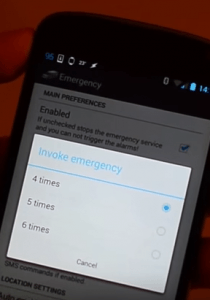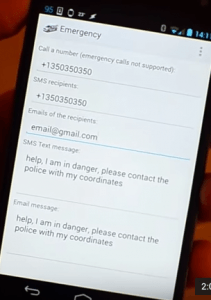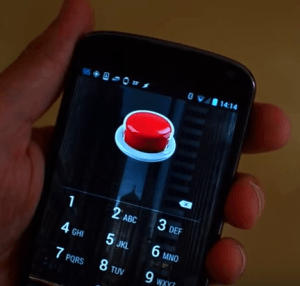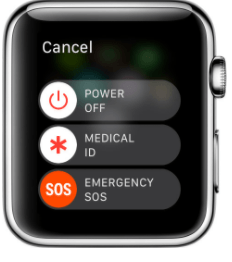According the the Office for National Statistics (https://www.ons.gov.uk/ )
7.7% of women and 4.4% of men have experienced a form of domestic abuse which amounts to 6.5 million people (4.3 million female and 2.2 million male victims.)
So the main target audience of the app will be young women from the ages of 16 – 26.
This is because women are more likely to become a victim of a crime and so this app must be user friendly with a similar function design and branding as social media apps as most young women use these.
Looking at these apps (Facebook, Snapchat, Tinder and Instagram) They go for a general gender neutral colour palette (Yellow & Purple – Snapchat, Orange and purple – Instagram, White and Red – Tinder.)
However the most popular social network – Facebook uses a general Blue and White colour palette; which some would argue that is a masculine catered design, but Facebook was the first social media to use their current format of instant messaging, sharing photos and their thoughts in a well thought out and simple design; and has since remained the number one social media whilst also buying up other companies (Instagram, WhatsApp and Oculus VR.)
These apps however are also counter-intuitive to my app as they do not protect the privacy of their users and openly records and sells their users browsing data and digital footprint to advertisers for them to bombard the user with ads; however Snapchat uses data encryption to protect users data.
I am aiming for this app to be funded by government organisations such as the Home Office and The Ministry of Justice. But I believe these apps can be better advertised through student unions as their Welfare committees are there to support their students wellbeing. Therefore this app would be ideal for
This app is a panic alarm based system that eliminates the need for verbal communication; it will record, stream, upload and store information for the authorities to review and use to protect all parties involved at any time the alarm is triggered. This product is aimed towards young women between the ages of 16 – 26 as they are the most vulnerbale to crime and are the tech savvy generation (millennial).







